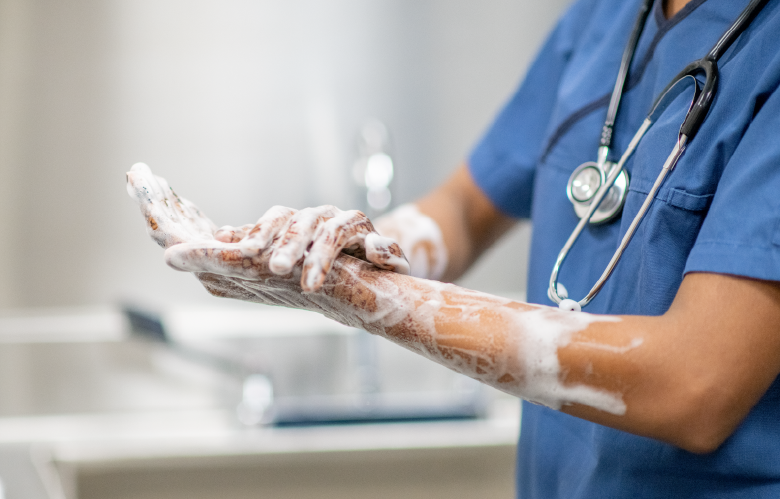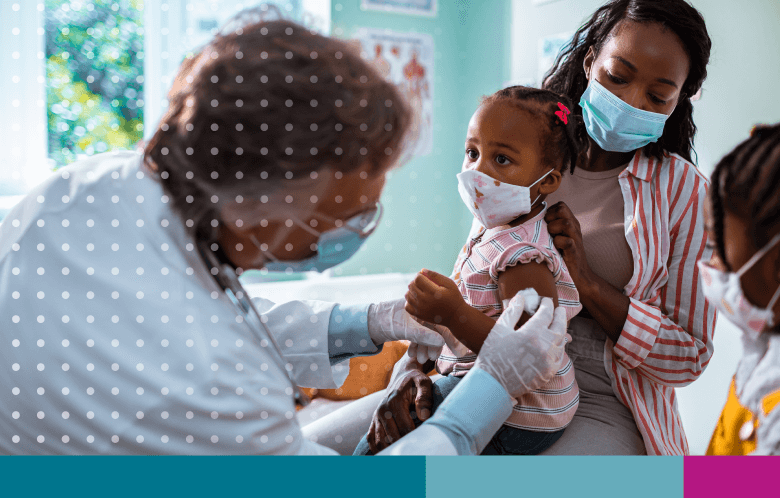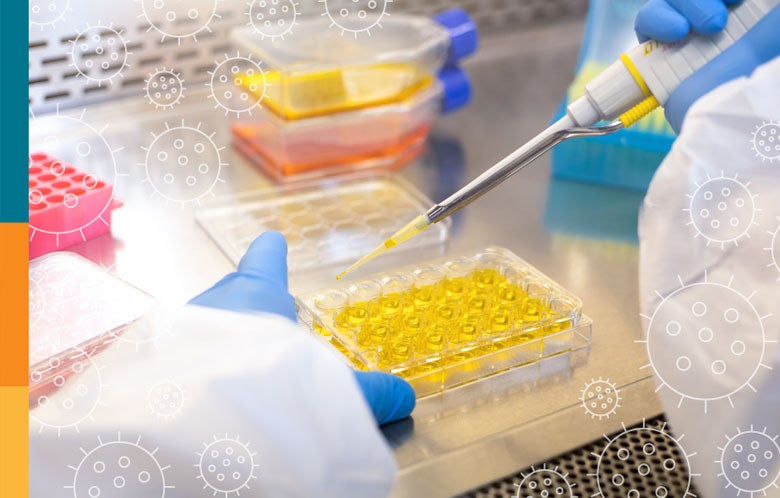Vaccines, natural infection, and herd immunity are all terms being used in discussions about how to end the COVID-19 pandemic. While getting to population immunity is the goal, it is worth reviewing measures postulated to reduce SARS-CoV-2 transmission and prevent unnecessary morbidity and mortality while the world waits for a safe and effective vaccine.
Let’s talk hope — Infection control measures that work.
Unmasking N95s. There is a growing body of evidence that masks help prevent SARS-CoV-2 transmission in public. Two studies examined a large amount of data comparing N95 and surgical masks for healthcare workers from prior SARS, MERS, and influenza epidemics, and some early COVID-19 data (Bartoszko et al and Chou et al). While it’s clear that wearing a mask significantly reduces the risk of infection, there is no evidence that an N95 mask makes a clinically important difference compared to other masks for reducing transmission of SARS-CoV-2 among healthcare workers, except during aerosolizing procedures like intubation. Considering the relative short supply of N95 masks, the higher cost, and much higher levels of discomfort, these data support the practice of reserving N95s for healthcare providers for use during intubations and other aerosol-generating procedures.
Handwashing helps. This one is pretty straightforward, essentially all studies evaluating handwashing consistently demonstrate that proper hand hygiene reduces viral transmission, and specifically reduces occupational risk among healthcare workers. Consistent handwashing or use of approved hand sanitizer can eliminate fomite transmission of SARS-CoV-2.
Physical distancing prevents spread of SARS-CoV-2. Multiple simulations and cross-national transactional data demonstrate that social (physical) distancing is likely the most effective means of preventing spread of SARS-CoV-2. In a large systematic review of observational studies, physical distancing of at least one meter was associated with reduced transmission of SARS-CoV-2 and overall viral infections. These data support recommendations to avoid mass gatherings, close physical contact, and to stay home whenever possible. If gatherings are unavoidable, opt for outdoors and keep masks on except when actively eating or drinking.
Vetting COVID vaccines. The race to develop a vaccine is fully underway. In the U.S., Operation Warp Speed set a goal to develop 300 million doses of a safe, effective vaccine by January 2021. The plan includes streamlining Phase I/II testing, pouring millions of dollars into downstream development, and establishing a specific FDA committee to review the vaccine trials. Ten vaccine candidates have shown safety in small phase I/II trials and are currently being tested in large-scale phase III trials. However, a safe vaccine that generates population immunity will only be effective at ending this pandemic if a large percentage of the public receives the vaccine. So, whether you are first in line or still have reservations, you can rest assured that the vaccines are being vetted at many levels.
We can, however, control spread of the virus, through universal masking, physical distancing, and proper hand hygiene.
We can, however, control spread of the virus, through universal masking, physical distancing, and proper hand hygiene.
A flu shot in the dark. Influenza vaccination prevents morbidity, mortality, and hospitalizations from influenza, particularly in high-risk individuals. Rising cases of influenza and SARS-CoV-2 infection in the late fall and winter has the potential to overwhelm hospitals and healthcare systems. Countries in the Southern Hemisphere have implemented successful influenza vaccination campaigns that have been effective at countering this issue. Take the opportunity now to vaccinate patients against seasonal influenza, even if it takes some convincing. Measures such as electronic health record reminders, text message alerts, and standing orders can increase vaccination rates.
Now for the hype: A small bit of data does not an effective prevention make.
Zinc. Despite many claims in the media that zinc can prevent COVID-19, studies have yet to demonstrate any direct benefit of zinc supplementation in the prevention of infection with SARS-CoV-2 or the duration or severity of disease. The National Institutes of Health do not recommend zinc supplementation above daily allowances for prevention of COVID-19.
Vitamin D. Cohort data from 489 patients suggest an association between vitamin D deficiency and increased rates of COVID-19 (relative risk 1.77). However, as with any retrospective cohort study, correlation does not mean causation. It is possible that an unidentified factor puts some people at higher risk for both vitamin D deficiency and infection with SARS-CoV-2. Without randomized trials, it is unknown whether vitamin D supplementation can prevent COVID-19 in the general population or in patients with vitamin D deficiency.
Antiseptic mouthwash. If you’ve been to the dentist in the past six months, you were probably asked to rinse and spit before your exam. The American Dental Association and the Centers for Disease Control and Prevention now recommend the use of antiseptic mouthwashes before dental procedures despite a lack of compelling evidence of their efficacy for preventing the transmission COVID-19. Antiseptic mouthwashes under investigation contain chlorhexidine, hydrogen peroxide, cetylpyridinium chloride, or iodopovidone. Limited early evidence suggests these mouthwashes may be beneficial, but additional research is required.
Until effective vaccines are developed, tested, approved, manufactured, distributed and ultimately administered globally, the population at-large remains susceptible to this novel virus. No drug or supplement has shown efficacy in preventing COVID-19, though influenza vaccination will help lower hospitalization rates and complications due to coinfection. We can, however, control spread of the virus, through universal masking, physical distancing, and proper hand hygiene. We can, and should, all do our part to minimize morbidity and mortality by engaging in these practices to protect ourselves and others. Be safe out there.



